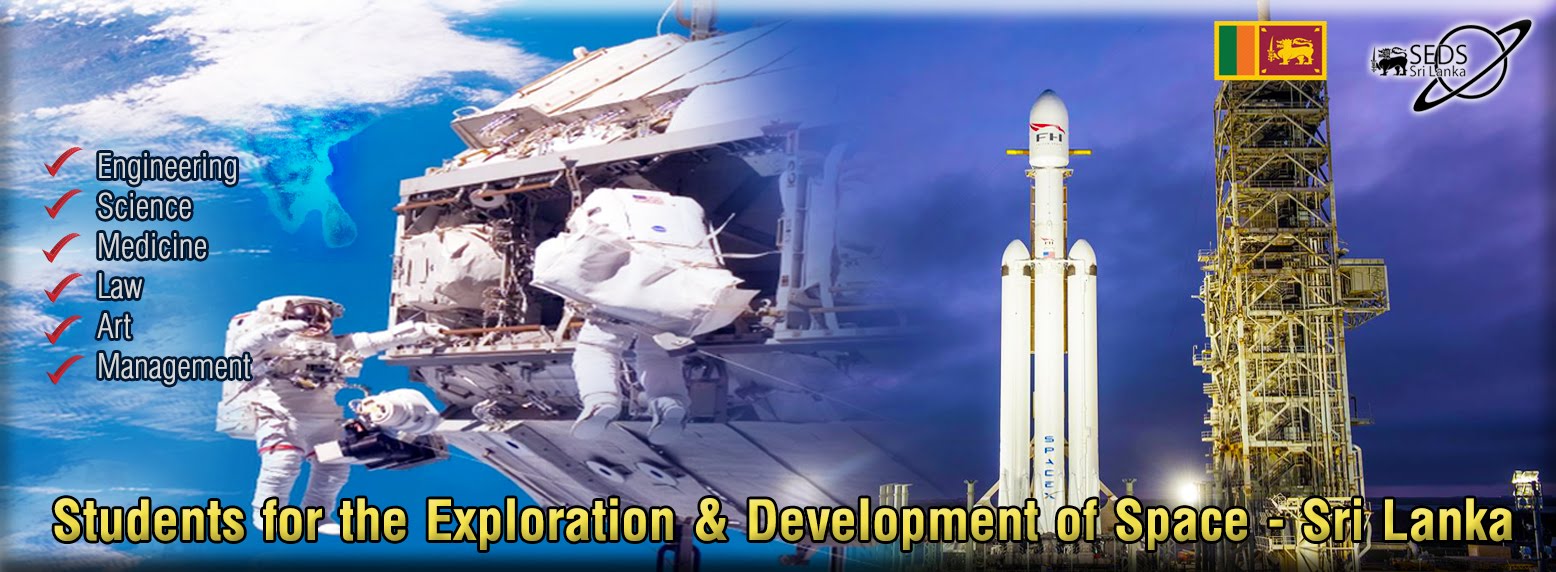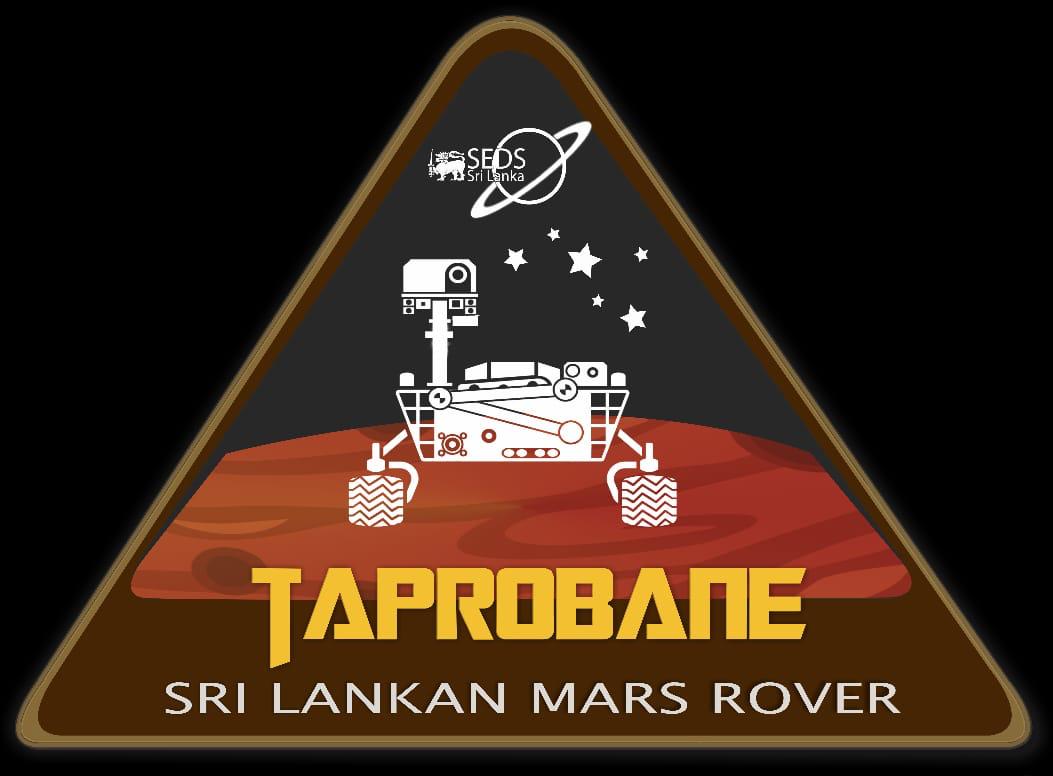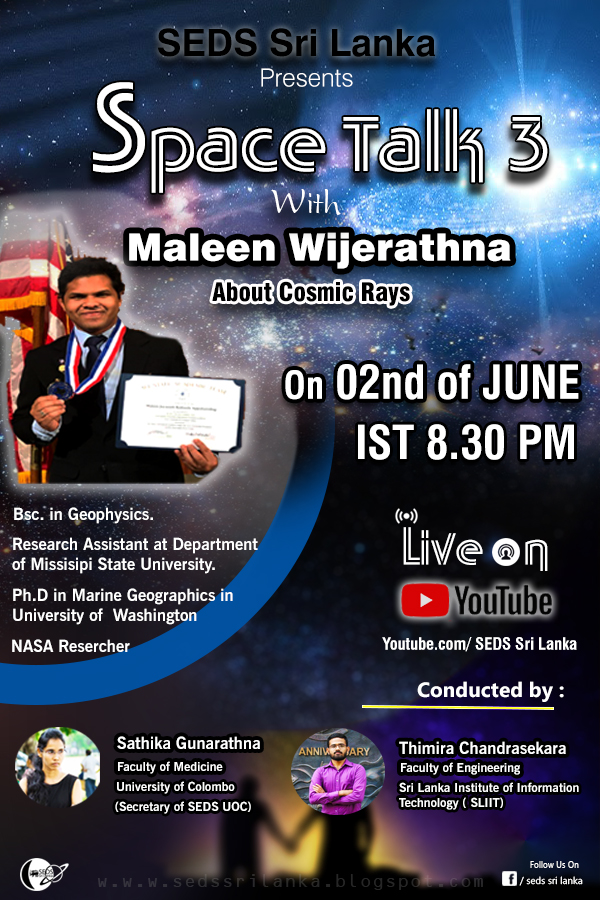What do You Think about the Power of Nuclear Rockets.

By Amila Sandun Basnayaka. Do you believe that we may set up a journey to Mars in 100 days using a nuclear rocket. Our solar system consists of an average star called the Sun and eight planets without Pluto. This is a really big place not to be travelled by a person. It takes you forever to travel. But there was one technique back in 1960s developed by a nuclear rocket propulsion. When we were supposed to go for deep space missions, it is mandatory to power a nuclear thermal propulsion. This technology is making progress for potential use on future deep space missions such as Mars mission by 2033. The funding including the mission is $125 million to erect this technology within the agency's space technology programme, compared to an administration request for no funding. If you want to visit Mars using a chemical rocket, you will blast off from Earth and go into low Earth orbit. Then at the right moment, you'd fire your rocket, raising your orbit from







